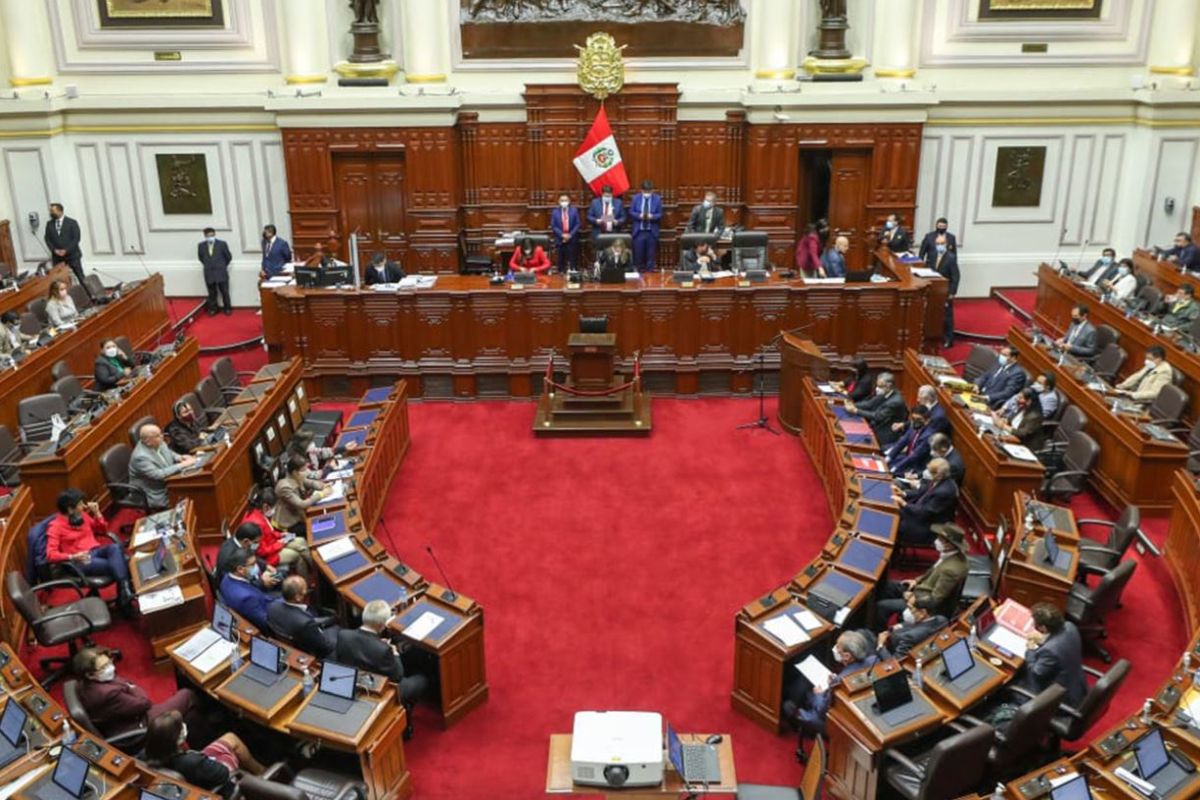
What is happening in Peru? The latest news of the strike of carriers and demonstrations in the interior of the country show the other side of the government and its actions eight months after the teacher Pedro Castillo assumed the presidency of the Republic. The taking of roads and pans have been a wake-up call for the authorities to actively intercede to provide effective solutions to the population.
One of the recent actors starring the president was his unexpected message to the nation while the country slept. The open signal channels interrupted their broadcasts to hear him speak in relation to the non-peaceful events that have occurred as part of the mobilizations. He indicated that Lima and Callao were going to comply with a mandatory curfew, paralyzing activities of citizens, many of them who raise money day by day, do not have a fixed monthly salary and who supply their homes with daily purchases.
Banks, shopping centers, restaurants and other establishments had to suspend their operations. The inhabitants of the capital expressed their rejection of this mandate and organized themselves to reach Plaza San Martín and march against the Castillo government. Within hours of the official start, the presidency shared a new official communiqué in which it annulled the immobilization.
This instability in every corner of the country was summed up in a single request: “let everyone leave”, one of the phrases heard in the protests recorded on the evening of Tuesday, April 5, the date that coincided with the autocoup by Alberto Fujimori in 1992. With an uncertain future in power, what would happen if the president decided to resign and who would take office?

According to the Political Constitution of Peru, these are the possible scenarios that President Pedro Castillo could go through, according to the decision he takes regarding to his tenure in office, or if a new order is submitted to empty it. It should be noted that with 55 votes in favor, 54 against and 19 abstentions, the vote on the vacancy motion against the president ended at the end of March.
- According to Article 113 (Vacancy of the Presidency of the Republic), the presidency of the Republic may be vacated by:
1. Death of the President of the Republic.
2. His permanent moral or physical disability, declared by Congress.
3. Acceptance of his resignation by Congress.
4. To leave the national territory without the permission of Congress or not to return to it within the established deadline.
5. Dismissal, after being punished for any of the offenses mentioned in article 117 of the Constitution.
- According to Article 114 (Suspension of the exercise of the Presidency), the exercise of the presidency of the Republic is suspended for the following reasons:
1. Temporary incapacity of the President, declared by Congress.
2. The latter is subject to judicial proceedings, in accordance with article 117 of the Constitution.

WHO WOULD ASSUME THE PRESIDENCY IF PEDRO CASTILLO LEFT POWER?
If the President of Peru is declared a temporary or permanent impediment, the authority that assumes his functions is the First Vice-President. Currently, this position is held by Dina Boluarte. If this responsibility cannot be fulfilled, the Second Vice-President is appointed.
It may interest you: Dina Boluarte: “The vacancy agenda can no longer affect the political stability we all seek”
Can the president of Congress take the power of the presidency? The answer is no. The President of Congress can only intercede if the authorities mentioned above present any impediment to holding office, and this is a sufficient requirement for the immediate declaration of elections.
In this government of Pedro Castillo, who holds the position of president of the Congress of the Republic is María del Carmen Alva, a member of Acción Popular.
VIDEO RECOMENDADO
Últimas Noticias
Debanhi Escobar: they secured the motel where she was found lifeless in a cistern
Members of the Specialized Prosecutor's Office in Nuevo León secured the Nueva Castilla Motel as part of the investigations into the case

The oldest person in the world died at the age of 119
Kane Tanaka lived in Japan. She was born six months earlier than George Orwell, the same year that the Wright brothers first flew, and Marie Curie became the first woman to win a Nobel Prize

Macabre find in CDMX: they left a body bagged and tied in a taxi
The body was left in the back seats of the car. It was covered with black bags and tied with industrial tape
The eagles of America will face Manchester City in a duel of legends. Here are the details
The top Mexican football champion will play a match with Pep Guardiola's squad in the Lone Star Cup

Why is it good to bring dogs out to know the world when they are puppies
A so-called protection against the spread of diseases threatens the integral development of dogs



